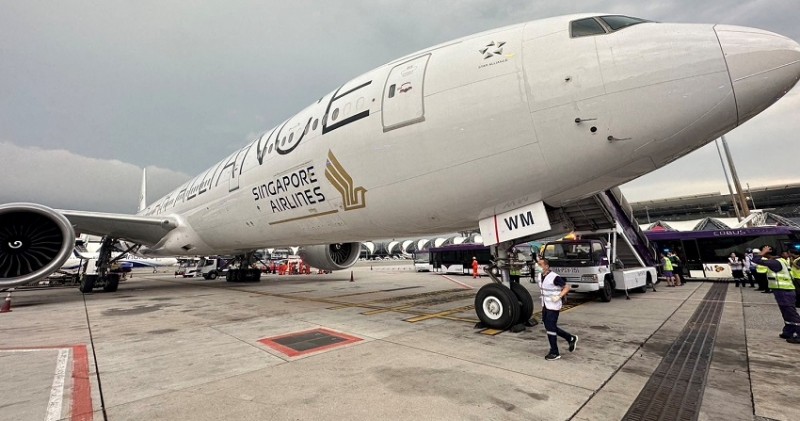
A recent incident involving Singapore Airlines Ltd. has drawn attention to some of the world’s most unstable air routes. On a flight from London to Singapore, turbulence caused severe injuries to passengers, resulting in one fatality and seven critical injuries. The flight, SQ321, was forced to make an emergency landing in Bangkok after encountering turbulence over Thai airspace on Tuesday.
According to data from the turbli database, the most turbulent flights globally often connect Santiago in Chile to Santa Cruz in Bolivia. Similarly challenging routes include long-haul flights departing from Tokyo.
Turbulence occurs when air streams moving at different speeds converge, typically at the boundaries of jet streams, over mountain ranges, and in certain types of storm clouds, as explained by the turbli website.
For example, flights between Santiago and Santa Cruz face turbulence due to winds traveling from the Pacific Ocean to the Atlantic, cutting across the Andes mountains. The equatorial regions are also prone to turbulence because of strong upward air currents and frequent thunderstorm activity, according to turbli. Japan experiences turbulence caused by its complex geography, with high levels induced by both mountains and oceanic conditions.
The turbli website compiled its rankings by analyzing 150,000 flight routes, using data from meteorological agencies in the UK and US.
#SingaporeAirlines, turbulence, unstable air routes, SQ321, Bangkok, Santiago, Santa Cruz, Tokyo, turbli database,
Singapore Airlines Flight Diverts to Bangkok After Severe Turbulence; One Passenger Dead, 30 Injured
India-Cambodia Direct Flight Service Set to Take Off on June 16
Air Vanuatu Seeks Bankruptcy Protection After Suspending International Flights